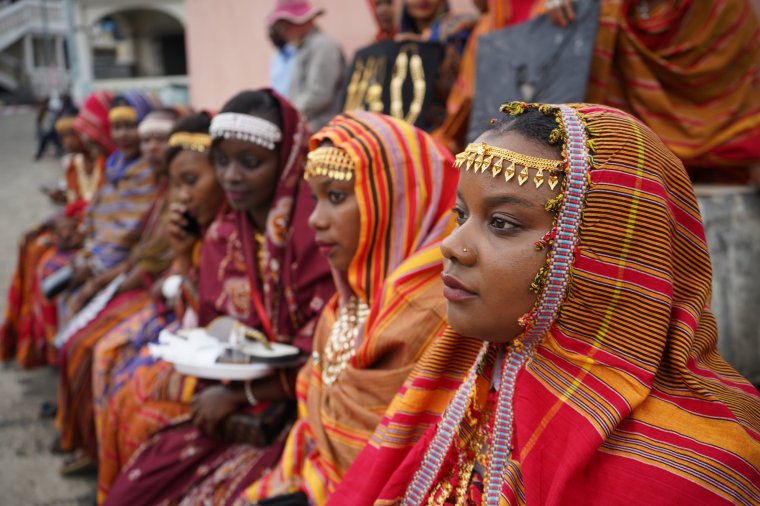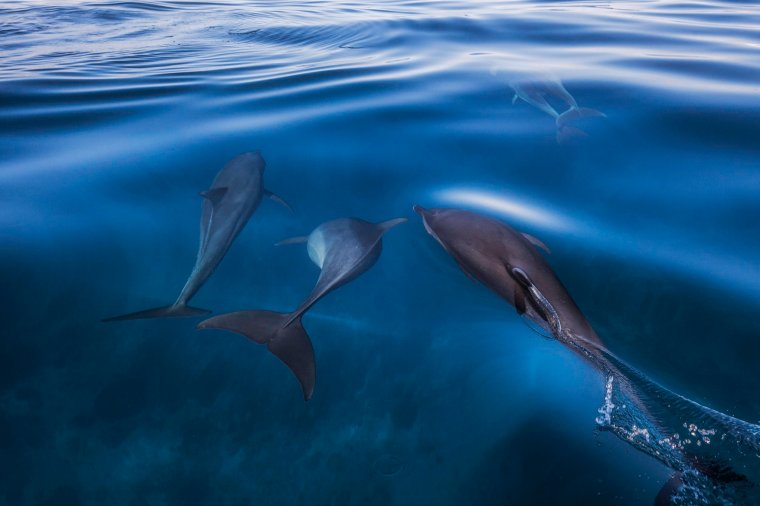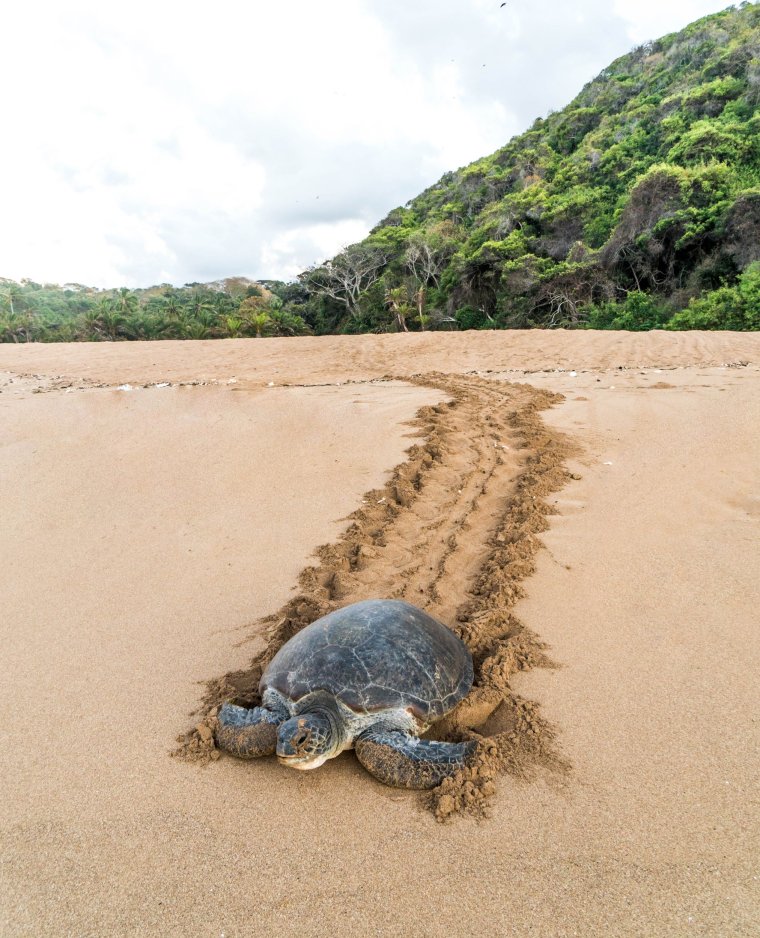“On Comoros, we have everything” says Issa, our tour leader, as he points out the blush-pink to darkest purple cherries of a wild robusta coffee plant on the forest trail from Ouallah village.
A farmer and English graduate as well as a guide, he’s talking about the array of crops grown on the three inhabited islands comprising this tiny Indian Ocean nation, situated at the northern end of the Mozambique Channel, roughly midway between Mozambique and Madagascar.
But he could easily be talking about the country’s impressive retinue of animal species, ranging from the coelacanth, an evolutionary missing-link fish once thought to have been extinct for 66 million years, to some of the only wild lemurs found outside of Madagascar.
If Comoros hasn’t come across your radar, you’re not alone. In a good year, its authorities issue 50,000 tourist visas, thereby welcoming eight times fewer visitors than Seychelles. This is a bit of a shocker when the three main islands – Ngazidja (also known as Grand Comore), Ndzuwani and Mwali – bear more than a passing resemblance to their oceanic neighbour (albeit without the beach cabanas and waiters in starched uniforms delivering expensive cocktails poolside).

More so when you consider that beach hotels in Comoros typically cost less than £100 per night – considerably cheaper than the many luxury resorts that line the shores of the Seychelles.
I have not come to sample the sands, but the baobab-infused jungle and southern coastal waters forming Mohéli National Park. Located on the island of the same name, the park encompasses almost 82 per cent of Mwali – also known as Mohéli – and 20 out of 24 of its “villages” (basically settlements of any size).
Tourist money goes directly to its communities, to the extent that park managers can struggle to pay their own wages.
“It’s difficult” says Mustadi, who works for the national park in Nioumachaoua village. “We have no funding [for administration]. Ecotourism is for the community. If you stay at the ecolodge at Itsamia [a village at the island’s eastern end], the money will go there and stay there.”
It’s good news for visitors, since communities are primed to protect their environment. In Itsamia’s case, this includes several thousand adult green turtles. Flippers rotating wildly, their just-hatched offspring look like wind-up bath-time kids’ toys, their entire bodies smaller than a single footprint of the grey herons stalking the beach in prospect of an early dinner. It’s my first time witnessing a hatching, and very different to experiences elsewhere, other members of the tour group tell me.

For one thing, it’s just us on the otherwise empty beach. There’s no need for ticketed time slots, no beachside snack stand, and no relocation of eggs to hatcheries either. This is pure wilderness.
The urge to will individual hatchlings on is hard to resist, and some get named. Sheffield (my home town) hurtles down to the tide line at great speed; Halifax (the Canadian city) barely makes it due to malformed flippers. Only one per cent ever do.
Yet the longer-term viability of this community-led project is proven later the same night, since females return to the same beach they hatched on to produce their own young. Lit by nothing but the stars and the smudge of the Milky Way, we await the signal from one of Itsamia’s turtle guardians – four flashes of torchlight.
What strikes me is the silence: creatures out of their element, hauling their 25-stone (160kg) bodies along beaches they haven’t visited in decades, digging holes as deep as a human arm is long, and laying clutches of around 100 eggs with almost no sound, night after night, year-round – in one of the few locations in the world where this happens.

Reaching lengths of 5ft (1.5m) nose to tail, they represent a useful yardstick for encountering the park’s Livingstone’s fruit bats. With wingspans matching the dimensions of the largest green turtles, they take on the title of megabat. Found only on Mohéli and one other island, they’re also one of the plante’s rarest mammals. Estimated at 1,200 individuals, they rival mountain gorillas for scarcity.
For such small islands, whose collective land-mass is nearly 12 times smaller than the traditional geographer’s benchmark of Wales, Comoros does things on a grand scale. Our snorkelling trip to corals just offshore is momentarily interrupted by a manta ray’s wing tips piercing the water’s surface as it directs gallons of water into its gaping mouth, the biggest of any ray.
But even this is dwarfed by the size and grace of the humpback whales, which allow us to shadow them from a boat. The outboard motors idling, it’s an unnerving experience not knowing precisely where such a vast animal may be each time it dives. But we needn’t have worried. The island’s waters are so clear we can watch it glide directly under our boat, the sunlight dancing off its flanks in an action that seems to pause time.
Comoros really does have it all.
Getting there
Intrepid’s eight-day Comoros: Wildlife Expedition tour starts from £2,910pp excluding flights.The international airport is on Grand Comore, where the tour begins and ends. There are regular flights from the UK by Kenya Airways or Ethiopian Airlines via their respective hubs.
More information
Comoros Tourist Office: facebook.com/TouristOfficeComoros

